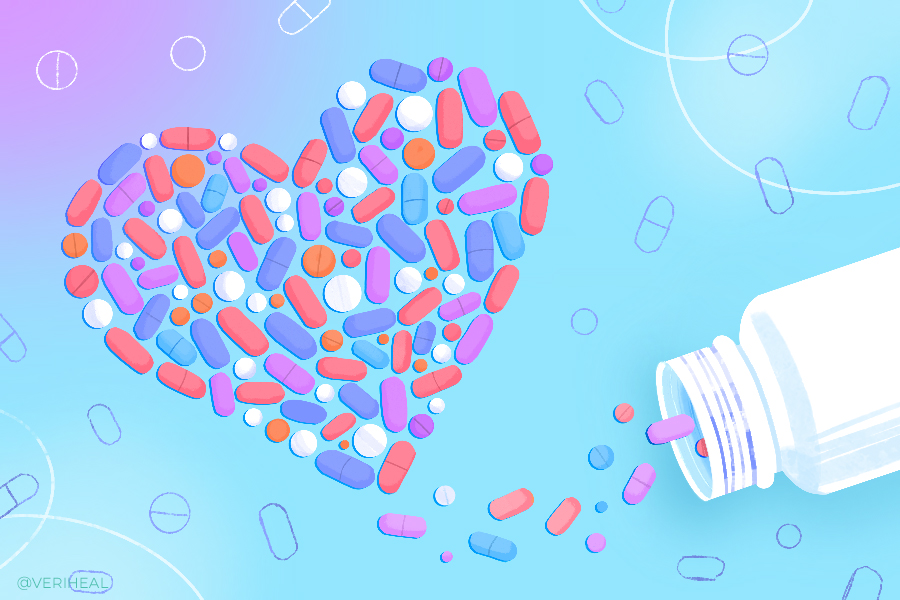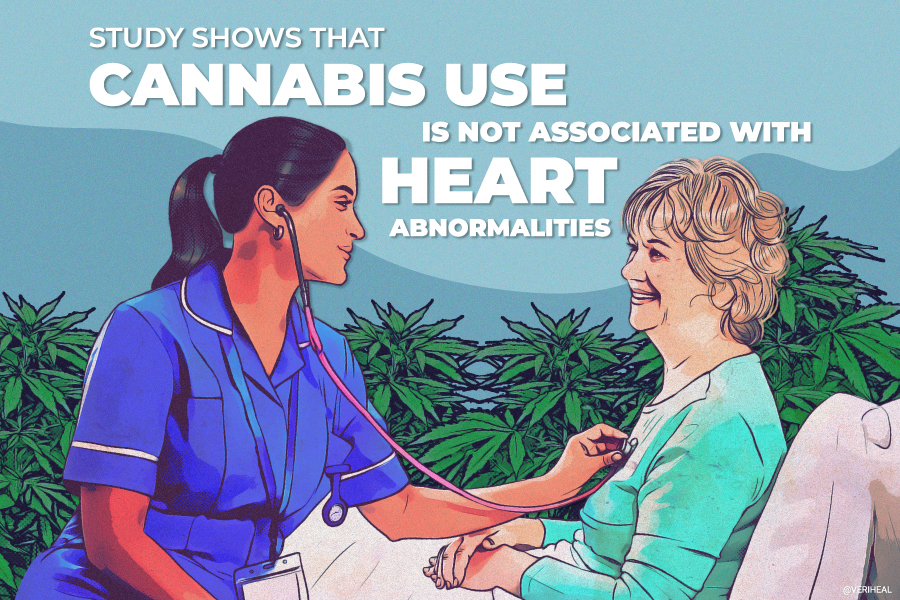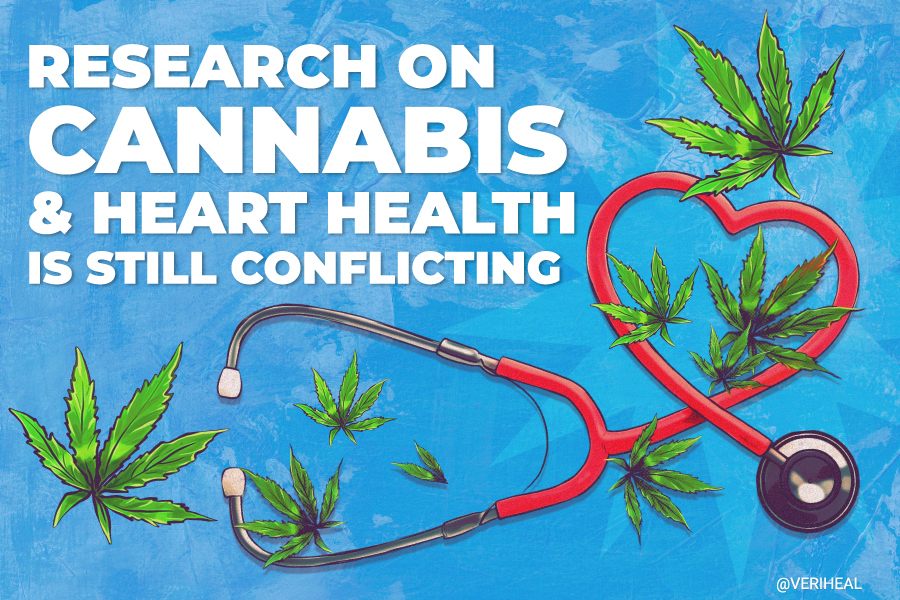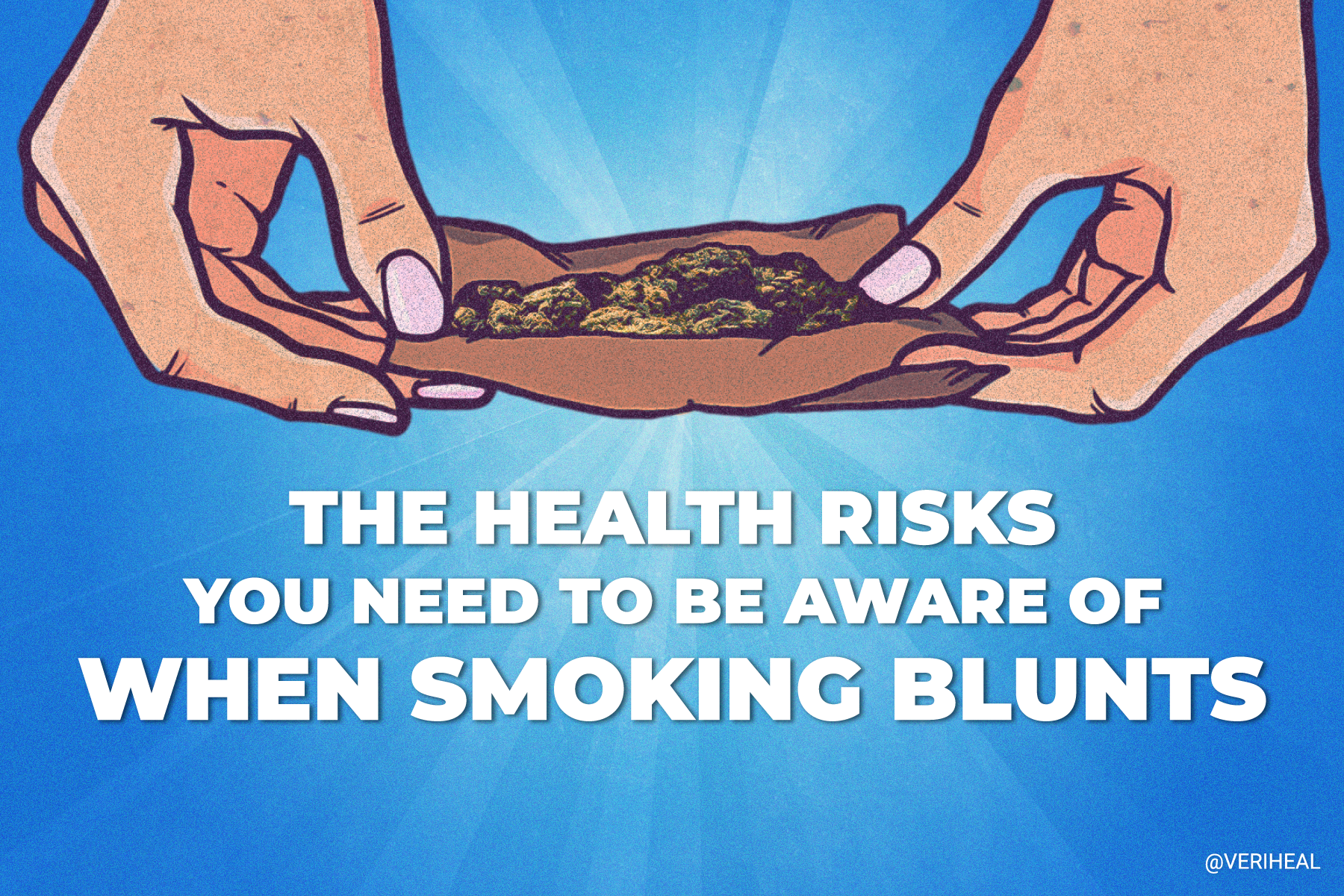Medical Marijuana for Cardiovascular Disease: Can it Help?
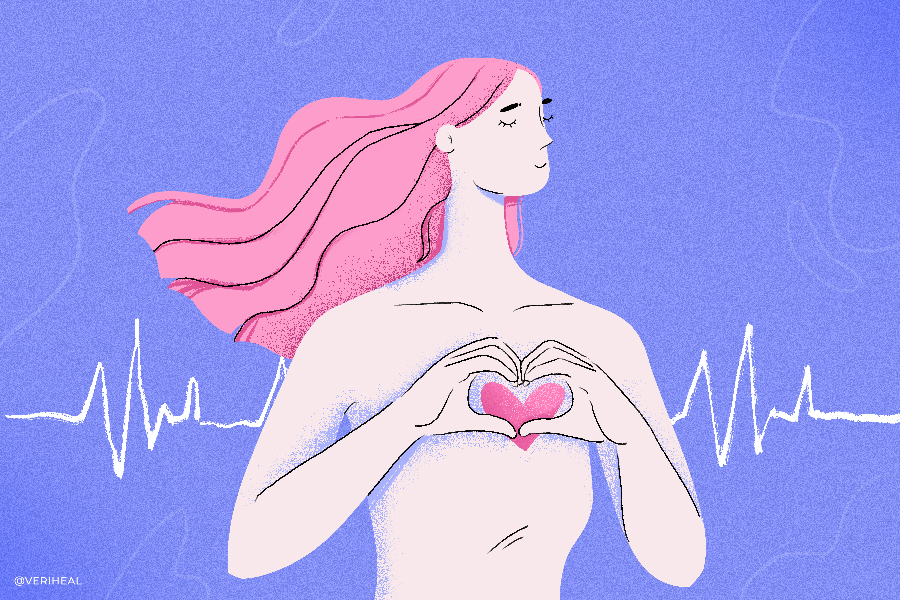
Patients with blood supply issues resulting from cardiovascular disease are turning to medical cannabis for pain relief. Cannabinoids are successfully being used as part of treatments for related diseases such as sickle cell disease and arteriosclerosis. However, it is important to take both the pros and cons of using cannabis into consideration if you are suffering from cardiovascular disease.
Cardiovascular disease is a general term that labels atherosclerotic conditions that affect the body’s cardiovascular system. The cardiovascular system includes the heart and blood vessels. It is responsible for circulating oxygenated blood throughout the body. Because our organs need oxygen to function, cardiovascular disease can lead to decreased blood flow through narrowed arteries and cause stroke, heart attack, or heart failure.
Various heart or blood vessel issues may arise in patients with cardiovascular disease, including chest or limb pain, palpitations, dizziness, nausea, weakness or fainting, and blood vessel constriction. These problems may also start in childhood. It is possible to have no visible health symptoms but still begin developing underlying heart or blood vessel fatty streak formations at a young age.
How Does the Endocannabinoid System Play a Role in Treating Cardiovascular Disease?
Doctors know that the relationship between CVD and cannabis is complicated (14). Medical cannabis begins interacting with our bodies through the endocannabinoid system.
The endocannabinoid system (ECS) is an active and complex cell signaling network in the body. The ECS is activated through prescription medications and the cannabinoids found in cannabis, including Δ9-tetrahydrocannabinol (THC) and cannabidiol (CBD). When cannabinoids enter the body, they activate cannabinoid receptors CB1 & CB2 on cells in the body. There are also other receptors involved in this process.
When the receptors or enzymes of ECS are activated, the levels of endocannabinoids are increased or decreased in the body. Endocannabinoids are fatty-based neurotransmitters that the body naturally produces. They are responsible for controlling the immune system, pain, perception, and other processes in the body.
CB1 receptors can be found in the aorta smooth muscle, myocardium, and vascular endothelium of the heart (31,14). Research shows that CB1 receptor activity is involved during low blood pressure (hypotension) events that occur in the body such as during septic & cardiogenic shock, advanced liver cirrhosis, and doxorubicin-induced heart failure (13).
CB2 receptors are thought to play an immunomodulating role in cardiovascular disease. CB2 receptors have been found in cells lining coronary arteries, but researchers still do not fully know how this impacts the heart and blood vessels (14).
Some research shows that CB2 receptors can limit the ability of inflammatory cells to heal blood vessels, potentially curbing the initiation and progression of atherosclerosis and ischemia-reperfusion injury (13).
The Risks of THC and Cannabinoids on Cardiovascular Health
Experiencing cardiovascular issues alone has been shown to increase CB1 receptor activity in the heart and blood vessels in people. When medical cannabis is added in, CB1 receptor activity further increases and can lead to serious issues in patients who are already suffering from cardiovascular problems (14).
It is essential to discuss any medical cannabis use with your care team if you have or are at risk for cardiovascular diseases. Using cannabis, THC, or other CB1 agonists could put you at risk for any of the following situations (16):
- Short-term tachycardia, a heart rate over 100 beats per minute (14)
- Long-term bradycardia that occurs when the heart beats slower than 60 beats per minute (14)
- Short-term increased blood pressure or hypertension
- Long-term reduced blood pressure (14)
- Increased risk of heart attack (14)
- Initiating and progressing atherosclerosis, a type of arteriosclerosis (13)
- Increased occurrence of myocardial infarction in physically active patients
- Increased risk of stroke
- Increased risk of blood clots
- A possible trigger of a type of chest pain called angina, which occurs when there is reduced blood flow to the heart
- Increased risk of developing a peripheral vascular disease in young patients
- Increased cardiac events are associated with using cannabis before or after surgery
- Risk of severe drug interactions when taken with existing heart medications
- Increased risk of vasculitis
- Increased risk of reversible cerebral vasoconstriction syndrome (RCVS)
- Increased risk of developing stress cardiomyopathy
Can Medical Cannabis Benefit the Heart?
Several studies have explored targeting the ECS for cardiovascular diseases such as myocardial & cerebral ischemia, hypertension, circulatory shock, atherosclerosis, and metabolic syndrome, stroke, arrhythmia, and heart attack (myocardial infarction) (14).
Medical cannabis has been found to lower blood pressure in animals with high blood pressure (14). Researchers believe that cannabinoids increase vasodilation of the blood vessels through several complex cellular pathways. However, these promising results are small-scale and haven’t been shown in humans yet.
The positive results of cannabis-based treatments in animals for high blood pressure have resulted in doctors requesting more research into the potential use of cannabinoids for cardiovascular diseases (14).
Researching cannabis and heart health is tricky as the beneficial or adverse results seem to be very species-dependent. This means that the studies are difficult to duplicate in human samples despite being successful in mice and other animals
The Current Consensus on Medical Cannabis & Cardiovascular Disease
People who used marijuana daily could be more likely to develop coronary artery disease versus those who had never used cannabis, according to limited observational studies (9).
Plus, the website of the Center for Disease Control and Prevention (CDC) explicitly states that marijuana can make the heart beat faster and can make blood pressure higher immediately after use (19). For people with Cardiovascular disease, this may trigger an adverse event like a heart attack or stroke.
Please do your own research and think twice about using cannabis or THC products if you are experiencing heart problems or cardiovascular disease. There are currently no guidelines for prescribing cannabis to patients in this situation as it is potentially unsafe.
Types of Cardiovascular Disease
There are four major subtypes of cardiovascular disease, each of which is associated with unique symptoms. Taking a moment to differentiate between them could help you spot the signs before cardiovascular disease turns into something worse.
Coronary Artery Disease (CAD)
CAD causes between one-third and one-half of all cases of cardiovascular disease (30). Also known as coronary heart disease (CHD), it occurs when the flow of blood is slowed down in the coronary arteries that supply the heart in a process called decreased myocardial perfusion (30).
Coronary Artery disease can lead to angina, myocardial infarction (heart attack), and heart failure (30). It is essential to seek out immediate medical attention if you have chest pain. CAD can result in emergencies if not promptly taken care of.
Cerebrovascular disease (CVD)
CVD encompasses diseases that affect the blood supply in the brain. These diseases include vascular malformations, ischemic stroke, and transient ischemic attacks (TIA). cerebrovascular disease is considered a leading cause of death worldwide (30).
The risks of having a stroke or TIA are increased if a patient has had a history of angina, obesity, decreased exercise tolerance, and shortness of breath while lying down (30).
Check out our cerebrovascular disease page for more information
Peripheral Arterial Disease (PAD)
Peripheral arterial disease causes reduced blood flow through the arteries (47). It typically causes noticeable blood supply issues in the arms and legs. Many patients experience pain in the calf or thigh when they are walking or with exertion (10). Some patients may not experience pain, but instead notice muscle weakness, hair loss, and decreased or absent pulse in their feet.
PAD can be caused by atherosclerosis because plaque buildup in the arteries can lead to reduced blood circulation (45). Much like other cardiovascular diseases, the risk of developing PAD is increased by smoking, high blood pressure, diabetes, and high cholesterol.
Alternatively, patients with PAD have an increased risk of developing coronary artery disease and cerebrovascular disease (10).
Aortic Atherosclerosis (AA)
Much like the arteries, plaque and cholesterol buildup can cause issues in the aorta, which is one of the chambers of the heart (30). When the plaque builds up, it can weaken the aorta, leading to stretching or tearing in its walls (aortic dissection) (25). The plaque can also break off in the heart, causing a blood clot or a piece of plaque to block blood flow in other parts of the body.
Aortic atherosclerosis is considered a life-threatening condition as it may increase a patient’s risk for stroke, acute myocardial infarction (heart attack), and obstruction of peripheral blood vessels (38). AA can cause a decrease in circulating oxygen to a limb, which can lead to tissue damage (25).
Additional Cardiac Problems
In addition to the four major types of cardiovascular disease, other heart problems could be dangerous, including:
- Arrhythmia: Malfunction in the heart’s electrical conduction system, which can result in abnormal heart rhythms or heart rates.
- Valve disease: Tightness or leaking in the heart valves.
- Heart failure: Fluid buildup and shortness of breath caused by problematic heart pumping/relaxing functions.
- Aortic disease: Walls of the aorta become blocked, split, or burst. Dilatation or aneurysm are two types of aortic disease.
- Congenital heart disease: Physical heart issue that exists from birth, not an atherosclerotic or inflammatory-driven disease.
- Pericardial disease: A problem with the lining around the heart in the chest cavity.
- Deep vein thrombosis (DVT): Blockage in the veins, usually in the lower legs within larger vessels that deliver blood from the body back to the heart.
Cardiovascular Symptoms
Cardiovascular disease can be very serious and requires prompt treatment by a medical professional. Older adults and people assigned females at birth may have more subtle signs. However, they can still have serious cardiovascular disease.
Symptoms of heart issues may include:
- Chest pain (angina)
- Chest pressure, heaviness, or discomfort can be described as feeling like there is a belt around the chest or a weight on the chest.
- Shortness of breath (dyspnea)
- Nausea
- Dizziness or fainting
- Fatigue or exhaustion
Symptoms of blood vessel blockages in the body include:
- Slow-healing leg sores
- Leg swelling
- Pain or cramps in the legs while walking
- One-sided numbness in the face or limb
- Vision problems
- Speech impairment
- Cool, pale, or red skin on the legs
Causes & Complications of Cardiovascular Disease
There are several risk factors that can increase your chances of developing cardiovascular disease, which is why it is important to take care of your overall health to the best of your abilities. The following issues can increase your risks for cardiovascular disease and other heart problems (30):
- Developing atherosclerosis
- Physical inactivity
- Eating a high-calorie diet, with saturated fats and sugar
- Smoking
- Autoimmune conditions
- Chronic kidney disease
- High blood pressure (hypertension)
- High cholesterol (hyperlipidemia)
- Tobacco smoking and vaping
- Type 2 diabetes
- Human immunodeficiency virus (HIV)
- Family history of heart disease
- Alcohol abuse
- Overusing prescription or recreational drugs
- Preeclampsia or toxemia
- Chronic inflammatory
- Weight problems or obesity
Complementary Treatments Worth Discussing with Your Doctor
According to the National Institutes of Health (NIH)’s Heart Truth initiative, treatment for cardiovascular disease may be as easy as making simple lifestyle changes. By addressing certain behavioral risk factors, such as tobacco smoking, physical inactivity, excessive alcohol consumption, and an unhealthy diet, you could even prevent the onset of cardiovascular disease (42).
Complementary medicine alternatives, when used alongside your prescribed FDA-legal medication, could prompt faster recovery and improved heart health. Alternative treatments that are generally welcomed in cases of cardiovascular disease include relaxation techniques to unleash the body’s relaxation response – characterized by reduced blood pressure, slower heart rate, and slower breathing (37).
The following relaxation techniques are recommended by the National Center for Complementary and Integrative Health (NCCIH) (37):
- Autogenic training
- Breathing exercises
- Biofeedback-assisted relaxation
- Guided imagery or visualization
- Progressive relaxation
- Self-hypnosis
Note: Veriheal does not intend to give this as professional medical advice. Do not attempt to self-diagnose or prescribe treatment based on the information provided on this page. Always consult a physician before making any decision on the treatment of a medical condition.
1. Ashton, J. C., & Smith, P. F. (2007). Cannabinoids and cardiovascular disease: The outlook for clinical treatments. Current Vascular Pharmacology, 5(3), 175–185. https://doi.org/10.2174/157016107781024109
2. Bátkai, S., Pacher, P., Osei-Hyiaman, D., Radaeva, S., Liu, J., Harvey-White, J., Offertáler, L., Mackie, K., Audrey Rudd, M., Bukoski, R. D., & Kunos, G. (2004). Endocannabinoids Acting at Cannabinoid-1 Receptors Regulate Cardiovascular Function in Hypertension. Circulation, 110(14), 1996–2002. https://doi.org/10.1161/01.CIR.0000143230.23252.D2
3. Benowitz, N. L. (2019). Managing Cannabis Use in Patients With Cardiovascular Disease. Canadian Journal of Cardiology, 35(2), 138–141. https://doi.org/10.1016/j.cjca.2018.12.033
4. Bondarenko, A. I. (2019). Cannabinoids and Cardiovascular System. In A. N. Bukiya (Ed.), Recent Advances in Cannabinoid Physiology and Pathology (pp. 63–87). Springer International Publishing. https://doi.org/10.1007/978-3-030-21737-2_5
5. Cannabinoids, the Heart of the Matter | Journal of the American Heart Association. (n.d.). Retrieved May 16, 2023, from https://www.ahajournals.org/doi/full/10.1161/JAHA.118.009099
6. Carbone, F., Mach, F., Vuilleumier, N., & Montecucco, F. (2014). Cannabinoid Receptor Type 2 Activation in Atherosclerosis and Acute Cardiovascular Diseases. Current Medicinal Chemistry, 21. https://doi.org/10.2174/0929867321666140915141332
7. Cardiovascular Disease: Types, Causes & Symptoms. (n.d.). Cleveland Clinic. Retrieved May 16, 2023, from https://my.clevelandclinic.org/health/diseases/21493-cardiovascular-disease
8. Cardiovascular diseases (CVDs). (n.d.). Retrieved May 16, 2023, from https://www.who.int/news-room/fact-sheets/detail/cardiovascular-diseases-(cvds)
9. Zukkoor Zorn, Sarah. (2021, June 10). Cardiovascular Risk of Marijuana. American College of Cardiology. https://www.acc.org/latest-in-cardiology/articles/2021/06/10/03/08/http%3a%2f%2fwww.acc.org%2flatest-in-cardiology%2farticles%2f2021%2f06%2f10%2f03%2f08%2fcardiovascular-risk-of-marijuana
10. CDC. (2022, December 19). Peripheral Arterial Disease (PAD) | cdc.gov. Centers for Disease Control and Prevention. https://www.cdc.gov/heartdisease/PAD.htm
11. Coronary Artery Disease: Symptoms, Causes & Treatment. (n.d.). Retrieved September 11, 2023, from https://my.clevelandclinic.org/health/diseases/16898-coronary-artery-disease
12. Dimmito, M. P., Stefanucci, A., Della Valle, A., Scioli, G., Cichelli, A., & Mollica, A. (2021). An overview on plants cannabinoids endorsed with cardiovascular effects. Biomedicine & Pharmacotherapy, 142, 111963. https://doi.org/10.1016/j.biopha.2021.111963
13. Dyspnea (Shortness of Breath): Causes, Symptoms & Treatment. (n.d.). Cleveland Clinic. Retrieved September 18, 2023, from https://my.clevelandclinic.org/health/symptoms/16942-dyspnea
14. Eid, B. G. (2018). Cannabinoids for Treating Cardiovascular Disorders: Putting Together a Complex Puzzle. Journal of Microscopy and Ultrastructure, 6(4), 171–176. https://doi.org/10.4103/JMAU.JMAU_42_18
15. Fulmer, M. L., & Thewke, D. P. (2018). The Endocannabinoid System and Heart Disease: The Role of Cannabinoid Receptor Type 2. Cardiovascular & Hematological Disorders Drug Targets, 18(1), 34–51. https://doi.org/10.2174/1871529X18666180206161457
16. Goyal, H., Awad, H. H., & Ghali, J. K. (2017). Role of cannabis in cardiovascular disorders. Journal of Thoracic Disease, 9(7), 2079–2092. https://doi.org/10.21037/jtd.2017.06.104
17. Haspula, D., & Clark, M. A. (2020). Cannabinoid Receptors: An Update on Cell Signaling, Pathophysiological Roles and Therapeutic Opportunities in Neurological, Cardiovascular, and Inflammatory Diseases. International Journal of Molecular Sciences, 21(20), Article 20. https://doi.org/10.3390/ijms21207693
18. Heart Disease Facts | cdc.gov. (2022, October 14). Centers for Disease Control and Prevention. https://www.cdc.gov/heartdisease/facts.htm
19. Heart Health | Health Effects | Marijuana | CDC. (2022, April 22). https://www.cdc.gov/marijuana/health-effects/heart-health.html
20. Ho, W. S. V., & Kelly, M. E. M. (2017). Chapter Ten—Cannabinoids in the Cardiovascular System. In D. Kendall & S. P. H. Alexander (Eds.), Advances in Pharmacology (Vol. 80, pp. 329–366). Academic Press. https://doi.org/10.1016/bs.apha.2017.05.002
21. Inherited Heart Disease: 6 Types to Know About. (n.d.). Retrieved May 16, 2023, from https://www.healthline.com/health/heart-disease/inherited-heart-diseases
22. John C. Ashton & Paul F. Smith. (2007). Cannabinoids and Cardiovascular Disease: The Outlook for Clinical Treatments. Current Vascular Pharmacology, 5(3), 175–184. https://doi.org/10.2174/157016107781024109
23. Journal of the American Heart Association | AHA/ASA Journals. (n.d.). Retrieved May 16, 2023, from https://www.ahajournals.org/journal/jaha
24. Latif, Z., & Garg, N. (2020). The Impact of Marijuana on the Cardiovascular System: A Review of the Most Common Cardiovascular Events Associated with Marijuana Use. Journal of Clinical Medicine, 9(6), Article 6. https://doi.org/10.3390/jcm9061925
25. Learning About Atherosclerosis of the Aorta | Kaiser Permanente. (n.d.). Retrieved September 18, 2023, from https://healthy.kaiserpermanente.org/health-wellness/health-encyclopedia/he.learning-about-atherosclerosis-of-the-aorta.abs1513
26. Meeran, M. F. N., Al Taee, H., Azimullah, S., Tariq, S., Adeghate, E., & Ojha, S. (2019). β-Caryophyllene, a natural bicyclic sesquiterpene attenuates doxorubicin-induced chronic cardiotoxicity via activation of myocardial cannabinoid type-2 (CB2) receptors in rats. Chemico-Biological Interactions, 304, 158–167. https://doi.org/10.1016/j.cbi.2019.02.028
27. Men and Heart Disease. (2022, December 14). Centers for Disease Control and Prevention. https://www.cdc.gov/heartdisease/men.htm
28. Mendizábal, V. E., & Adler-Graschinsky, E. (2007). Cannabinoids as therapeutic agents in cardiovascular disease: A tale of passions and illusions. British Journal of Pharmacology, 151(4), 427–440. https://doi.org/10.1038/sj.bjp.0707261
29. Navarrete, C., Garcia-Martin, A., DeMesa, J., & Muñoz, E. (2020). Cannabinoids in Metabolic Syndrome and Cardiac Fibrosis. Current Hypertension Reports, 22(12), 98. https://doi.org/10.1007/s11906-020-01112-7
30. Olvera Lopez, E., Ballard, B. D., & Jan, A. (2023a). Cardiovascular Disease. In StatPearls. StatPearls Publishing. http://www.ncbi.nlm.nih.gov/books/NBK535419/
31. Pacher, P., Mukhopadhyay, P., Mohanraj, R., Godlewski, G., Bátkai, S., & Kunos, G. (2008). Modulation of the Endocannabinoid System in Cardiovascular Disease: Therapeutic Potential and Limitations. Hypertension, 52(4), 601. https://doi.org/10.1161/HYPERTENSIONAHA.105.063651
32. Pacher, P., & Steffens, S. (2009). The emerging role of the endocannabinoid system in cardiovascular disease. Seminars in Immunopathology, 31(1), 63–77. https://doi.org/10.1007/s00281-009-0145-8
33. Pacher, P., Steffens, S., Haskó, G., Schindler, T. H., & Kunos, G. (2018). Cardiovascular effects of marijuana and synthetic cannabinoids: The good, the bad, and the ugly. Nature Reviews Cardiology, 15(3), 151–166. https://doi.org/10.1038/nrcardio.2017.130
34. Peripheral Artery Disease (PAD): Symptoms & Treatment. (n.d.). Cleveland Clinic. Retrieved September 11, 2023, from https://my.clevelandclinic.org/health/diseases/17357-peripheral-artery-disease-pad
35. Puhl, S.-L. (2020). Cannabinoid-sensitive receptors in cardiac physiology and ischaemia. Biochimica et Biophysica Acta (BBA) – Molecular Cell Research, 1867(3), 118462. https://doi.org/10.1016/j.bbamcr.2019.03.009
36. Rabino, M., Mallia, S., Castiglioni, E., Rovina, D., Pompilio, G., & Gowran, A. (2021). The Endocannabinoid System and Cannabidiol: Past, Present, and Prospective for Cardiovascular Diseases. Pharmaceuticals, 14(9), Article 9. https://doi.org/10.3390/ph14090936
37. Relaxation Techniques for Health. (n.d.-b). NCCIH. Retrieved July 31, 2023, from https://www.nccih.nih.gov/health/relaxation-techniques-what-you-need-to-know
38. Shiozaki, A. A., Senra, T., Morikawa, A. T., Deus, D. F., Paladino, A. T., Pinto, I. M. F., & Maranhão, R. C. (2016). Treatment of patients with aortic atherosclerotic disease with paclitaxel-associated lipid nanoparticles. Clinics, 71(8), 435–439. https://doi.org/10.6061/clinics/2016(08)05
39. Steffens, S., & Pacher, P. (2012). Targeting cannabinoid receptor CB2 in cardiovascular disorders: Promises and controversies. British Journal of Pharmacology, 167(2), 313–323. https://doi.org/10.1111/j.1476-5381.2012.02042.x
40. Subramaniam, V. N., Menezes, A. R., DeSchutter, A., & Lavie, C. J. (2019). The Cardiovascular Effects of Marijuana: Are the Potential Adverse Effects Worth the High? Missouri Medicine, 116(2), 146–153. https://www.ncbi.nlm.nih.gov/pmc/articles/PMC6461323/
41. The Endocannabinoid System as an Emerging Target of Pharmacotherapy—PMC. (n.d.). Retrieved May 22, 2023, from https://www.ncbi.nlm.nih.gov/pmc/articles/PMC2241751/
42. The Heart Truth® | NHLBI, NIH. (2023, July 25). https://www.nhlbi.nih.gov/health-topics/education-and-awareness/heart-truth
43. Tonstad, S. (2006). Rimonabant: A cannabinoid receptor blocker for the treatment of metabolic and cardiovascular risk factors. Nutrition, Metabolism and Cardiovascular Diseases, 16(2), 156–162. https://doi.org/10.1016/j.numecd.2005.10.011
44. Varga, K., Wagner, J. A., Bridgen, D. T., & Kunos, G. (1998). Platelet- and macrophage-derived endogenous cannabinoids are involved in endotoxin-induced hypotension. FASEB Journal: Official Publication of the Federation of American Societies for Experimental Biology, 12(11), 1035–1044. https://doi.org/10.1096/fasebj.12.11.1035
45. What You Need to Know About Arteriosclerosis. (n.d.). Verywell Health. Retrieved September 18, 2023, from https://www.verywellhealth.com/arteriosclerosis-overview-and-more-5087299
46. Women and Heart Disease. (2023, February 21). Centers for Disease Control and Prevention. https://www.cdc.gov/heartdisease/women.htm
47. Zemaitis, M. R., Boll, J. M., & Dreyer, M. A. (2023). Peripheral Arterial Disease. In StatPearls. StatPearls Publishing. http://www.ncbi.nlm.nih.gov/books/NBK430745/
48. Zukkoor Zorn, Sarah. (2021, June 10). Cardiovascular Risk of Marijuana. American College of Cardiology. https://www.acc.org/latest-in-cardiology/articles/2021/06/10/03/08/http%3a%2f%2fwww.acc.org%2flatest-in-cardiology%2farticles%2f2021%2f06%2f10%2f03%2f08%2fcardiovascular-risk-of-marijuana



